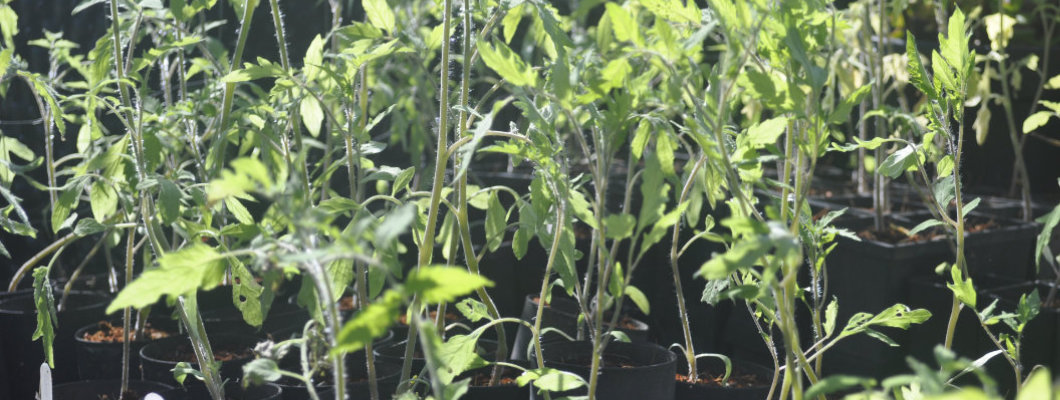
Title image above is copyright © Optimate Group Pty Ltd
First published 4th November 2022
Introduction
People new to the growing of tomatoes may see one variety described as determinate and another as indeterminate, but are none the wiser, as these terms are not always defined at the time. Going further, the term dwarf is even more obscure, even to some tomato veterans!
Let’s break these meanings down and explore their significance.
General Definitions
Determinate is a botanical term meaning “limited”, and here it applies to growth. The growth of the plant (any plant, not necessarily a tomato) is genetically pre-determined to end once a particular structure has formed. For example, the growth of stems in many species ends once a terminal (end) flower has formed. The stem does not elongate further, though other flowers may still appear along that stem but below the terminal flower.
A ‘determinate tomato’ is more accurately ‘a tomato plant with determinate growth’, but who says that?!
Determinate tomato plants stop growing once they reach their genetically determined end. They then produce a crop all at once before dying, making them annual plants.
Indeterminate is simply the opposite of ‘determinate’. The growth of a species continues until it dies. In the case of indeterminate tomatoes (that is, ‘tomato plants with indeterminant growth’!), these keep growing only until cold weather takes them, continuously producing fruit all along their stems up until that time. In their native tropical Central American homeland (and in any tropical part of the world, or commercial greenhouse), indeterminate tomato plants are actually perennial. They are grown as annuals in more temperate regions only because they don’t survive the winters.
Dwarf refers to dwarfism, a condition resulting in an atypically small human, plant, or animal. Notably the small stature is caused by disproportionalism. For example, a human dwarf has a normal-sized head and torso, but disproportionately-sized arms and legs. It is the out-of-proportion short legs which make a dwarf small.
Often confused with dwarfism is miniaturism, whereby the organism is in normal proportions, but small. A good example is the American miniature horse, a very small scaled-down horse in otherwise perfect proportion. (Having said that, dwarfism in miniature horses also occurs.)
A dwarf tomato plant is a tomato plant with dwarfism. And not to be confused with determinism, which is easy to do. A dwarf tomato plant can in fact be either determinate or indeterminate! But most are indeterminate, which is why they are so prolific for their size.
As These Apply to Tomato Plants
Determinate Tomato Plants
Determinate tomatoes have a bush-like growth habit — and ‘bush type’ is synonymous with ‘determinate’.
Flowers emerge together at the tips of the plant’s branches, which ends stem elongation and results in a final height of about 1-1.5 m. A determinate tomato plant is recognisable by this property, followed by all its fruit ripening at once and at the ends of the branches. The tomatoes tend to ripen earlier in the season too.
Most heirlooms are not determinate, probably because people prefer a constant and regular supply of tomatoes to an overwhelming glut of them. However, this type does lend itself very well to canning and sauce bottling.
Indeterminate Tomato Plants
Indeterminate tomatoes are more vine-like in their growth. They aren’t true vines as they can’t climb of their own accord, and will sprawl along the ground instead. But when given support, indeterminate types can easily attain heights of 2-3 m, and more if encouraged. They will continue to grow, flower and fruit progressively through a sesaon until succumbing to cold weather.
Dwarf Tomatoes
Dwarf tomato plants can be either determinate or indeterminate as the dwarfism is caused by a separate dwarf gene. Most dwarf varieties do tend to be indeterminate so as to take advantage of the long-season flowering and fruiting properties of this type. For a tomato plant to be regarded as ‘dwarf’ it must not be taller than 1.4 m
Dwarf indeterminate plants are the best of both worlds, being prolific as well as compact. The dwarf types range from 60 cm to 1.4 m and lend themselves especially well to container and small space growing, though staking is often still necessary to support the weight of all the fruit produced!
Fun Fact 1
The tomato is a fruit, and botanically a berry.
Fun Fact 2
Potatoes are in the same family as tomatoes (Solanaceae), and also come in determinate and indeterminate types!
Determinate potato plants are fast-growing and produce all their crop in one layer just above the depth the seed potato was planted.
Indeterminate potato plants are slow-growing and the tubers are produced along the growing stem in multiple layers. Covering the stem with soil (‘mounding’) as it grows encourages more tuber growth, and increased yields.



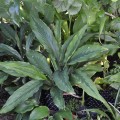




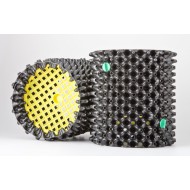
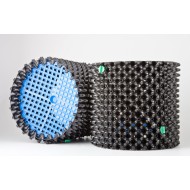
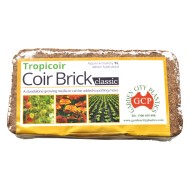
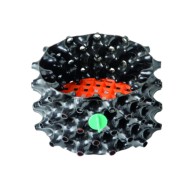
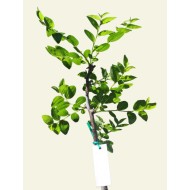

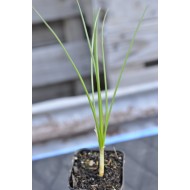
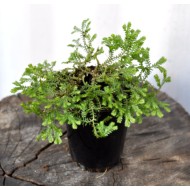
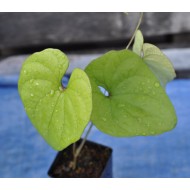

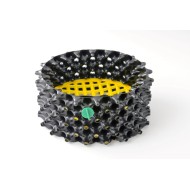
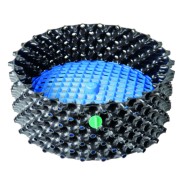
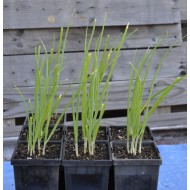
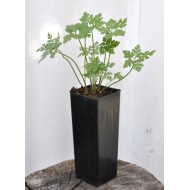
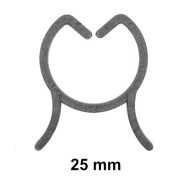
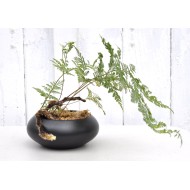

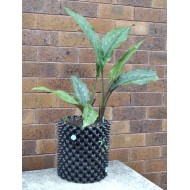
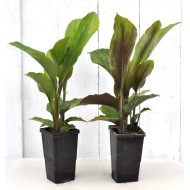
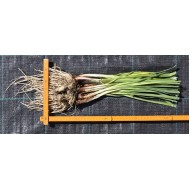
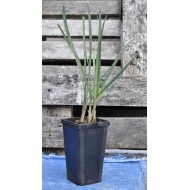
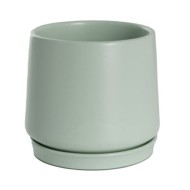
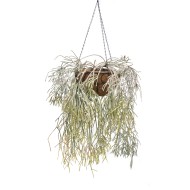


Leave a Comment